Spend enough time in watch circles and Seiko becomes a baseline brand that comes up. It makes sense, it features dependable movements, a deep catalog, great lume, and strong community. Bulova, meanwhile, gets filed under “mall brand” or “fashion” and if often overlooked. But is the watch community missing something here with Bulova? It’s an American brand with a flair for design risks, a touch of vintage swagger, and some genuinely clever tech like their high-frequency quartz movements.
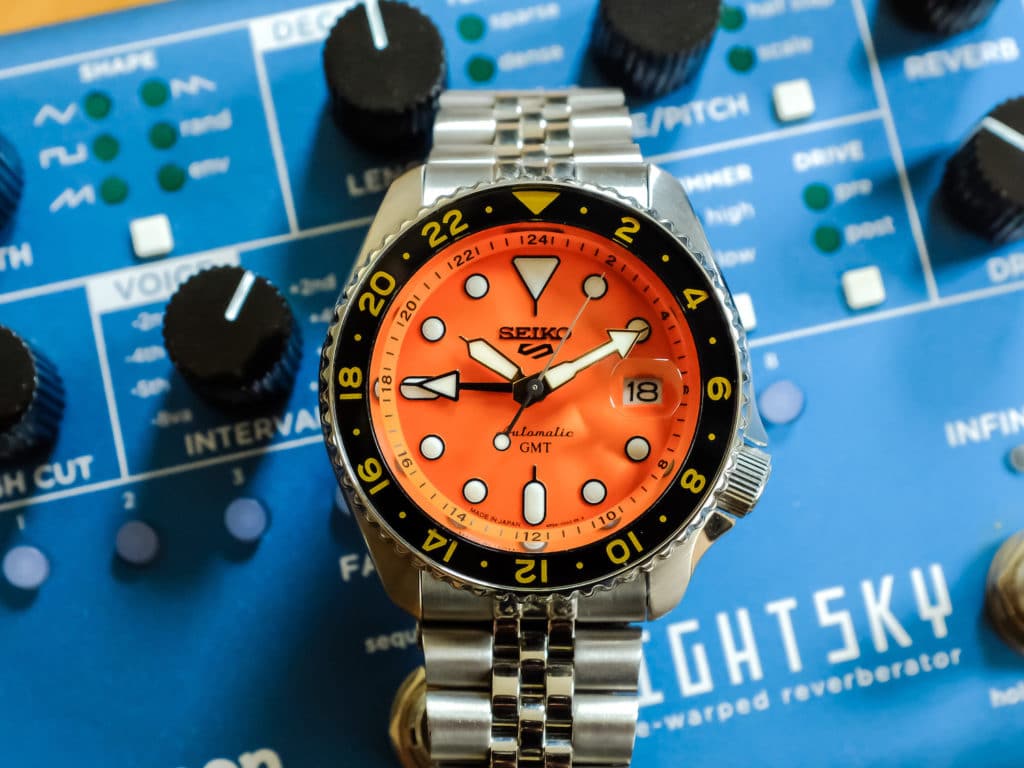
After years of reviewing both Seiko and Bulova, we’ve decided to test this blind spot in the watch community. Our task here is simple: hold Bulova to the same on-wrist standards we use for Seiko and see if it stands shoulder to shoulder. We’ve got a decade’s worth of reviews across various models for both brands, so our analysis that follows comes from real wear and hands-on testing. Let’s see if Bulova can actually deliver.
Brand Overview & Philosophy: Playful Experimentation vs Practical Reliability
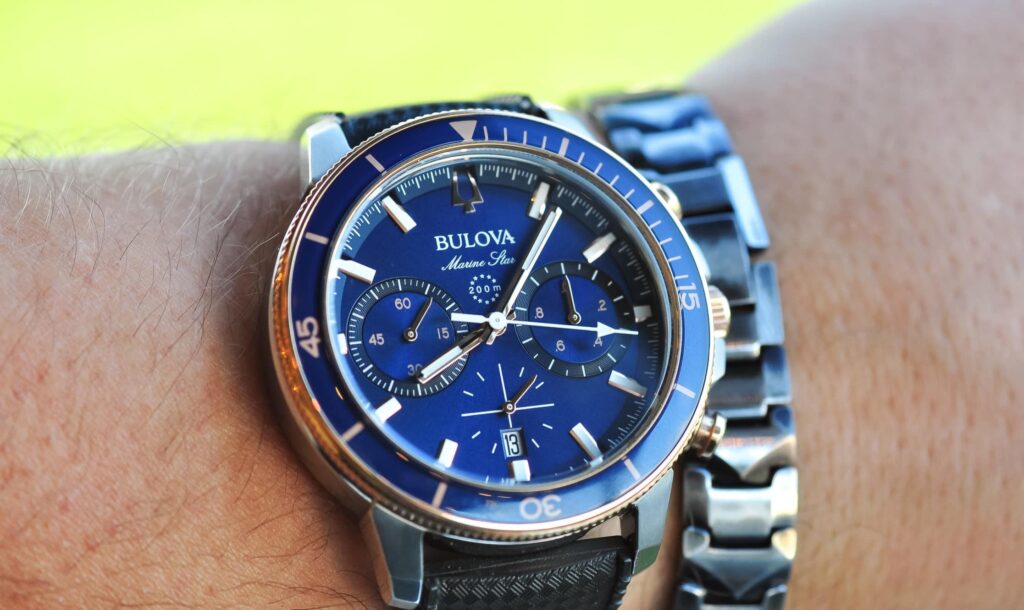
Bulova, founded in 1875, has never chased prestige, and that’s part of its charm. The brand leans into accessibility and personality, often taking bold design decisions that most mainstream watchmakers wouldn’t. During our time testing the Bulova Marine Star Chronograph 98B301, its bold 45 mm steel case, bi-color bezel, and deep blue dial stood out, and the pushers clicked with reassuring firmness. Their approach is about confidence and character, even if that sometimes means trading polish for personality. It’s a brand that celebrates individuality, and for many collectors, that’s precisely the point.
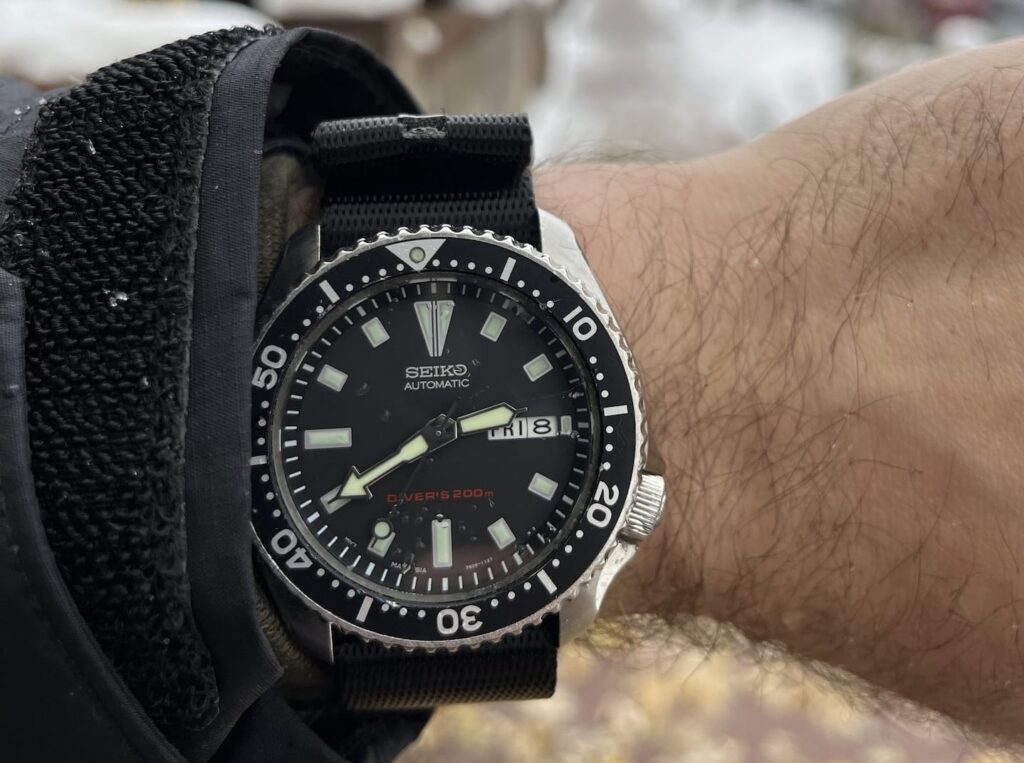
Seiko takes a different path. Since 1881, they’ve built their reputation on steady refinement and reliability. Their innovations matter, but the focus has always been on watches that feel practical and trustworthy. The Seiko SKX173, which we spent significant time testing, demonstrates this philosophy in action: a straightforward design, a dependable 7S26 automatic movement, and a build that feels ready for anything without trying too hard. That kind of consistency is why Seiko has remained a go-to choice for enthusiasts across generations.
- Bulova takes a playful, experimental route, with strong vintage callbacks.
- Seiko is steady, practical, and grounded in tradition.
Catalog Scope & Core Strengths
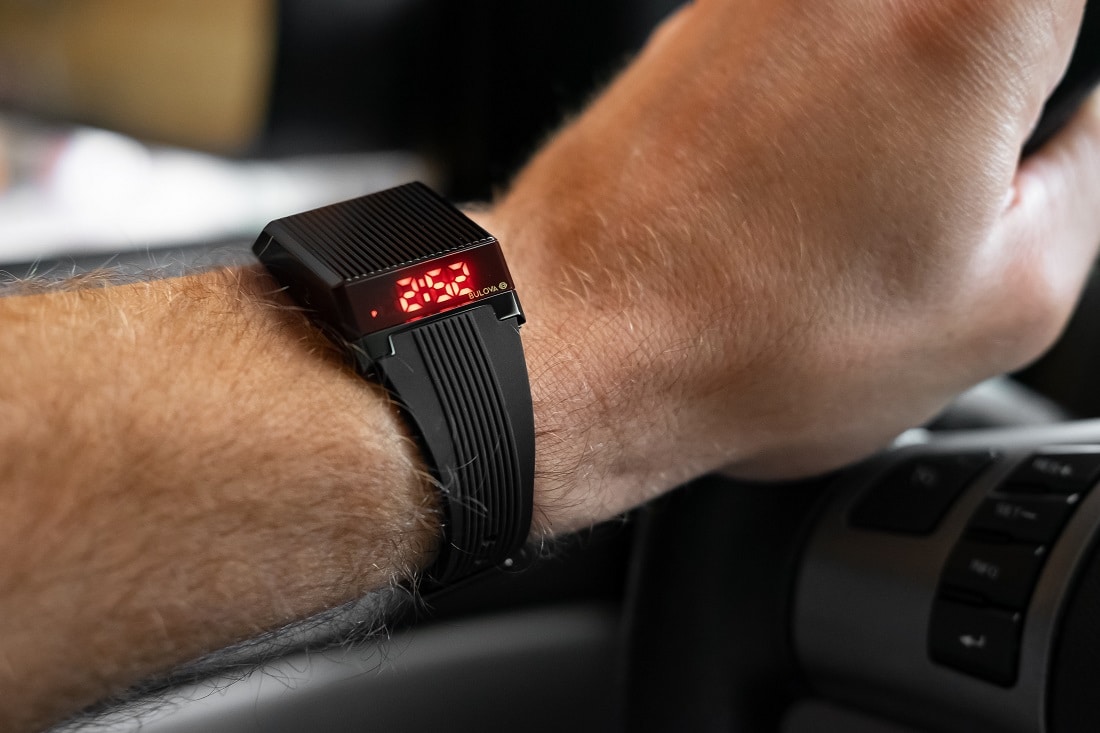
Bulova’s catalog is kind of like walking into a record shop: you’re never 100 per cent sure what you’ll find, but you’re guaranteed something fun. Sporty divers, retro chronographs, shiny dress pieces, and quirky digitals all share the same space. The range is wide, sometimes scattered, but that unpredictability gives Bulova its character. As we mentioned in our Bulova brand feature, they thrive on personality over predictability.
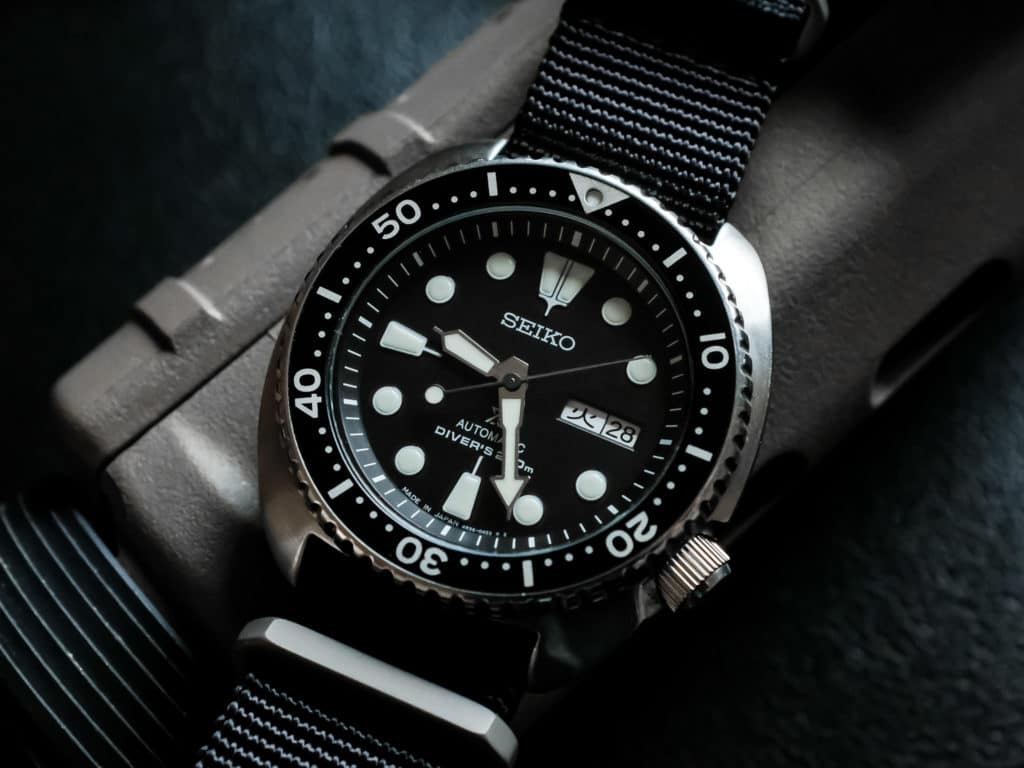
Seiko’s lineup feels more like a library. Organized, reliable, and deep enough that you can spend years browsing without running out of shelves. The dive section alone could keep most collectors occupied for a lifetime, but then you’ve got field watches, everyday automatics, GMTs, and solar tech sprinkled in. After years of reviewing Seikos across those categories, we’ve learned that no matter where you enter, be it a $100 Seiko 5 or a mid-tier Prospex, you’re getting the same core DNA: dependable, wearable, and built to last.
- Bulova offers a broad mix of styles with playful variety and strong coverage in the budget-to-mid range, but its catalog thins out quickly at the higher end.
- Seiko delivers significant depth across categories and price tiers.
Design & Wearability: Bold Expression vs Functional Restraint

Bulova leans toward flair in its design language. Cases often feature polished accents, dials adopt bolder layouts, and the brand isn’t afraid to mix sporty cues with dressier touches. The Lunar Pilot Chronograph we reviewed is a perfect example: from the crisp subdials to the high-contrast hands and that hefty case profile, it feels every bit as modern as it does historic. On the wrist, it catches light (and attention) easily, reminding you that Bulova designs aren’t meant to fade into the background; they’re made to stand out.

Seiko takes a quieter approach. Most designs favor clean dials, straightforward hands, and case profiles that prioritize function. Even their sportier models lean on proportion and readability instead of visual flash. The Seiko Marinemaster 300 our review team had tested shows that perfectly. Its 44 mm monoblock case feels solid and purposeful, while the dial’s crisp markers and lumed ceramic bezel make it easy to read in any light. In the higher-end Grand Seiko collection, it also brings refinement to the table with finishing techniques like Zaratsu polishing, a mirror-like surface treatment that adds subtle elegance without making the watch feel flashy.
- Bulova favors bold styling and visual punch, sometimes at the cost of consistency.
- Seiko emphasizes clarity and proportion, resulting in a steady and timeless aesthetic that is consistent across all categories.
Build Quality & Technical Execution
Both brands know how to build solid watches, but their priorities come through once you’ve worn them.
Movements:
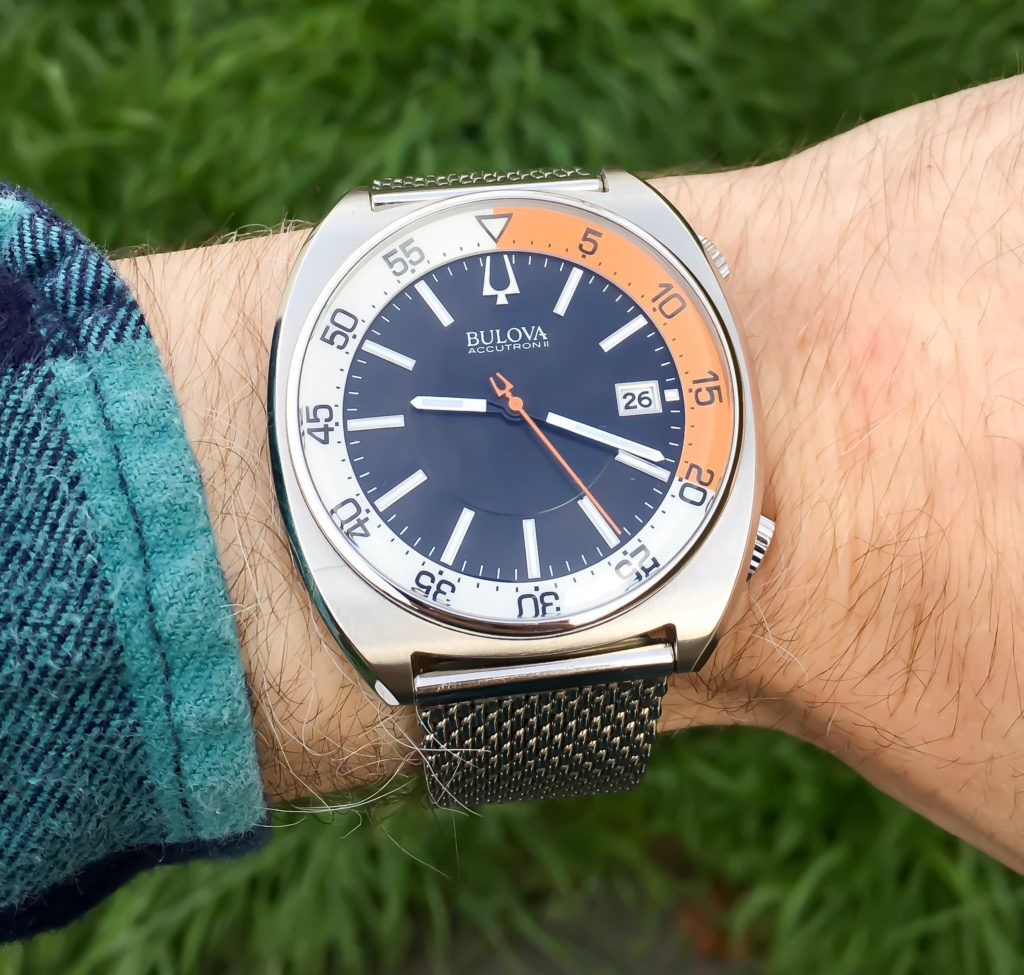
Bulova has never been shy about embracing quartz technology. In fact, it’s part of what defines the brand. The Accutron II Snorkel we tested made that clear right away. Its high-frequency quartz movement was rock steady during our wear time, barely drifting over the course of weeks of use. What surprised us most was the smooth, almost mechanical sweep of the seconds hand, which gave the watch a liveliness you don’t usually get from quartz. It’s a great example of how Bulova mixes precision with personality, proving you don’t need an automatic movement to make a watch feel special on the wrist.
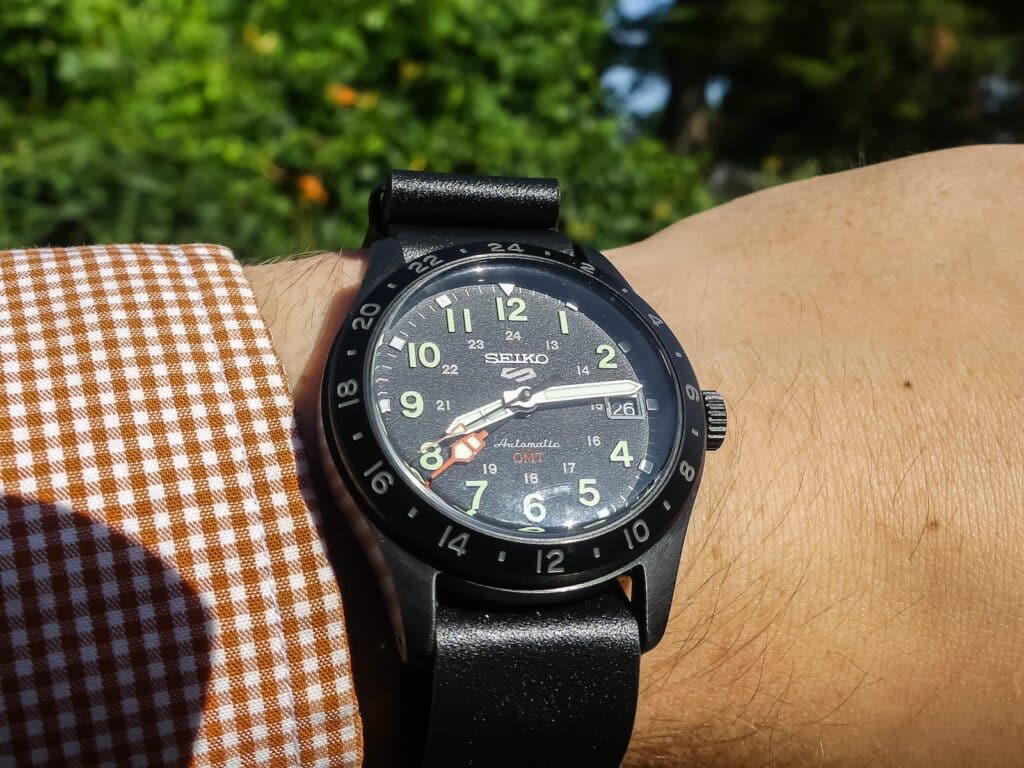
Seiko maintains in-house movement production, from entry-level to professional tools. For instance, during our hands-on time with the Seiko 5 SSK025, we understood that even their affordable GMTs are regulated to perform better than expected. Accuracy was steady, and the added functionality made it feel like a true everyday traveler’s watch. It reinforced a theme we’ve seen repeatedly in reviews: Seiko builds calibers that punch above their weight, even when the price tag doesn’t suggest it.
Case Construction & Finishing:
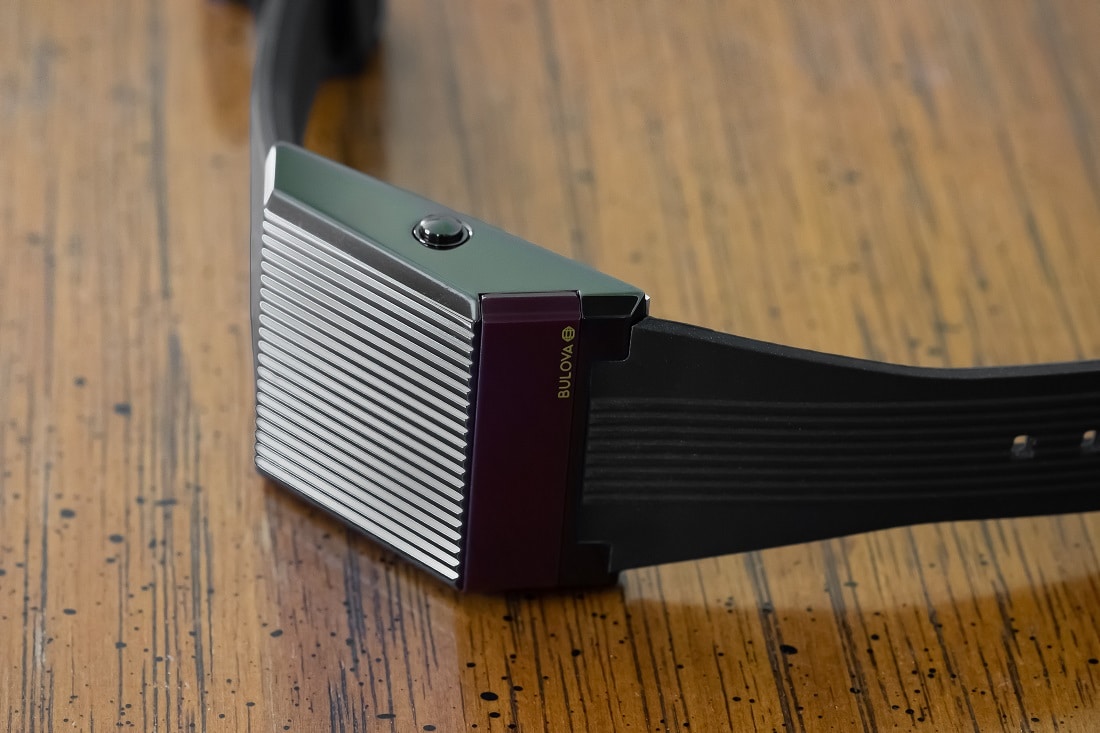
Bulova cases are durable and often polished to catch the eye, though tolerances can vary depending on the line. The Computron made this obvious during our testing. The retro, trapezoidal case looked sharp and wore comfortably, but it was clear that it was designed more for style and nostalgia than tool-level precision. That doesn’t make it less fun; it highlights where Bulova places its emphasis.

Seiko’s cases feel like they were designed with purpose, not just looks. Our personal experience with the Seiko Turtle drove that point home: the curved, cushion-style case molds perfectly to the wrist, and its bezel tightening click felt crisp, with no sloppy play. The dial layout remains charming and utilitarian, offering comfort in its clarity rather than flashiness. On the wrist, it doesn’t demand attention; instead, it earns it by being dependable, well-proportioned, and built for real wear.
Crystal Types:
Bulova often outfits its watches with a mix of sapphire and mineral depending on the model and price point. We’ve seen both hold up well in day-to-day wear without turning hazy or showing scratches (although it’s worth noting that sapphire will show less scratches). It gives you confidence that a bump or scrape won’t immediately leave its mark.

Seiko, by contrast, relies heavily on Hardlex in its entry and mid-tier models. When wearing and testing the Seiko SRPE51, we noticed that while the crystal is durable (better than plain mineral, for sure), it still picks up fine scuffs over time in rougher environments. On their higher-end models, Seiko steps up to sapphire, which feels more in line with the professional build quality and the kind of detail you begin to expect as you move up the line.
Water Resistance:
Bulova offers solid water resistance across much of its catalog, ranging from everyday splash protection to 200 meters on its sport models. Most of their sport and dive models we’ve worn can handle swimming, casual diving, and daily wear without fuss.
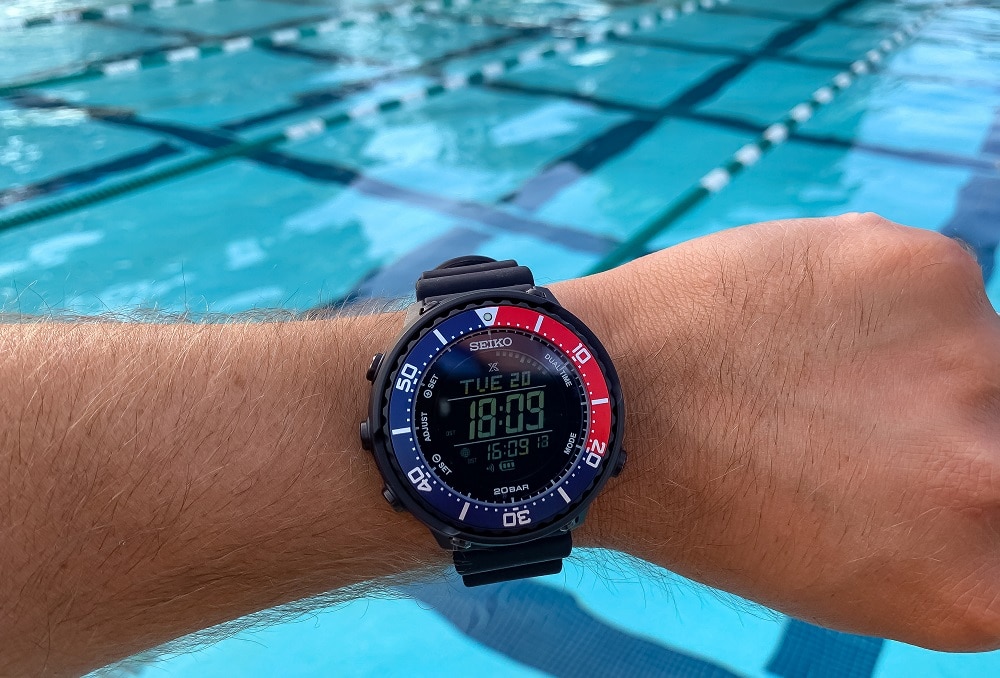
However, Seiko takes water resistance more seriously, particularly in its diver lines. WR ratings go well beyond what most collectors will ever need. In our hands-on review of the Seiko Digital Tuna SBEP003, it shrugged off saltwater, sand, and heat without missing a beat. The chunky case, deep seals, and screw-down pushers give it a feel that suggests it’s built for abuse rather than mere compliance. Even their casual models tend to be “strap it on and go” watches: ready for anything from a swim to a weekend hike. That’s why Seiko remains the benchmark for real-world durability.
Lume:
Bulova’s lume is functional, providing good enough visibility for quick checks in low light, but it is often short-lived compared to competitors. On the Accutron II Snorkel we tested, it barely charged from ambient light and lost brightness within minutes. Put it next to something like a Seiko SKX007 and the difference is noticeable; Seiko’s lume glows like a beacon, while Bulova’s feels more like a brief reminder it’s there. In fact, that’s exactly what we did in our testing photo below.

Seiko’s LumiBrite remains an industry benchmark, and our real-world wrist time continues to prove why. It charges fast, glows bright, and lasts well into the night. On the Seiko SNE537, the large markers and hands made nighttime legibility effortless, and that slightly raised “puffy” lume gave the dial a satisfying 3D depth. It’s one of those details that Seiko continues to nail: simple, consistent, and always reliable when you need it.
- Bulova emphasizes quartz precision and sapphire crystals, with sturdy cases and everyday water resistance. However, lume and tolerances often fall short of tool-watch standards.
- Seiko offers in-house calibers, sharper finishing, reliable WR across the catalog, and lume that continues to set the benchmark for real-world usability.
Community and Resale
Owning a Bulova is a relatively relaxed experience: you buy it, wear it, and enjoy it. In our experience, most Bulovas, even the ones we’ve worn and loved, don’t hold much resale weight once you peel off the stickers. But that’s kind of the point. That said, pieces like the Lunar Pilot or certain heritage reissues do receive some attention on the secondhand market, mostly from enthusiasts who appreciate Bulova’s design quirks or high-frequency quartz technology. Still, it’s a brand built more for wrist time than flipping potential.

Seiko feels different. The community around Seiko is massive, and collectors modify them, trade them, and debate references like the SKX007 or the Turtle as if they were old friends. We’ve been part of those discussions for years, and it’s wild how deep they go. That constant engagement keeps resale stronger, especially for Prospex divers or Seiko 5s with a cult following. And once you move up to Grand Seiko, you’re talking real collector territory, with finishing and craftsmanship that give even Swiss pieces a run for their money in both value and loyalty.
- Bulova is easy to own and enjoy, but resale is limited outside of special editions.
- Seiko offers a more active community and a more substantial resale potential.
Final Thoughts: Which One Makes More Sense?
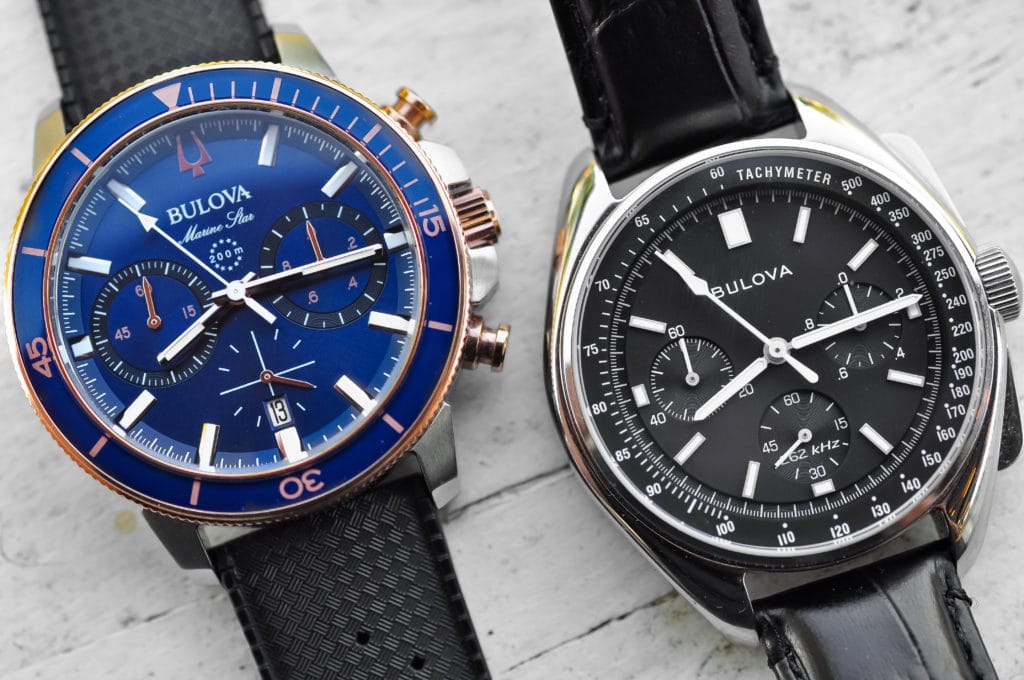
So, is Bulova a sleeper brand here? Yes, for a certain kind of owner. If you value quartz accuracy, striking design, and painless day-to-day wear under $800, Bulova is the brand most watch enthusiasts overlook in comparison to Seiko. The brand relies on individuality: quartz precision, sapphire protection, and design confidence that doesn’t feel recycled. Against Seiko though, the downsides however are features lume consistency, tolerances that vary by line, and softer resale. If you buy with your eyes and plan to actually wear the thing, Bulova quietly overdelivers.
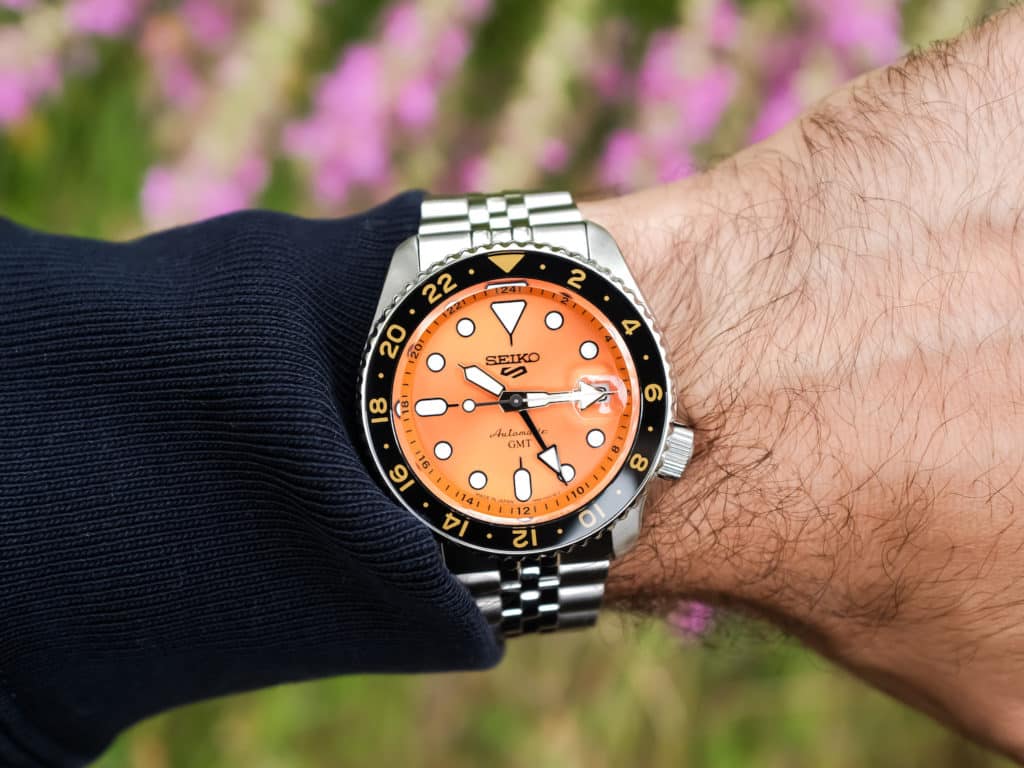
But if you’re choosing one brand to really explore and live with long-term, our editorial call remains Seiko. Across Seiko 5, Prospex, and up the ladder, you get reliable in-house calibers, case work that favors function, best-in-class lume, real water resistance, and a massive community that supports mods, parts, and resale.
Who Each Brand Is Best For:
Bulova: Watch enthusiasts seeking affordable precision (mostly within $800), modern or retro-inspired designs, and a ‘wear it, don’t worry about it’ attitude. Ideal for individuals who prioritize character and convenience over resale value.
Seiko: Collectors who care about mechanical depth, consistent brand ownership/heritage, durability, and long-term support from one of the strongest collector communities out there. Perfect for those who want a watch that grows with their collection, not just fills a slot in it.

Co-Founder and Senior Editor
Kaz has been collecting watches since 2015, but he’s been fascinated by product design, the Collector’s psychology, and brand marketing his whole life. While sharing the same strong fondness for all things horologically-affordable as Mike (his TBWS partner in crime), Kaz’s collection niche is also focused on vintage Soviet watches as well as watches that feature a unique, but well-designed quirk or visual hook.
